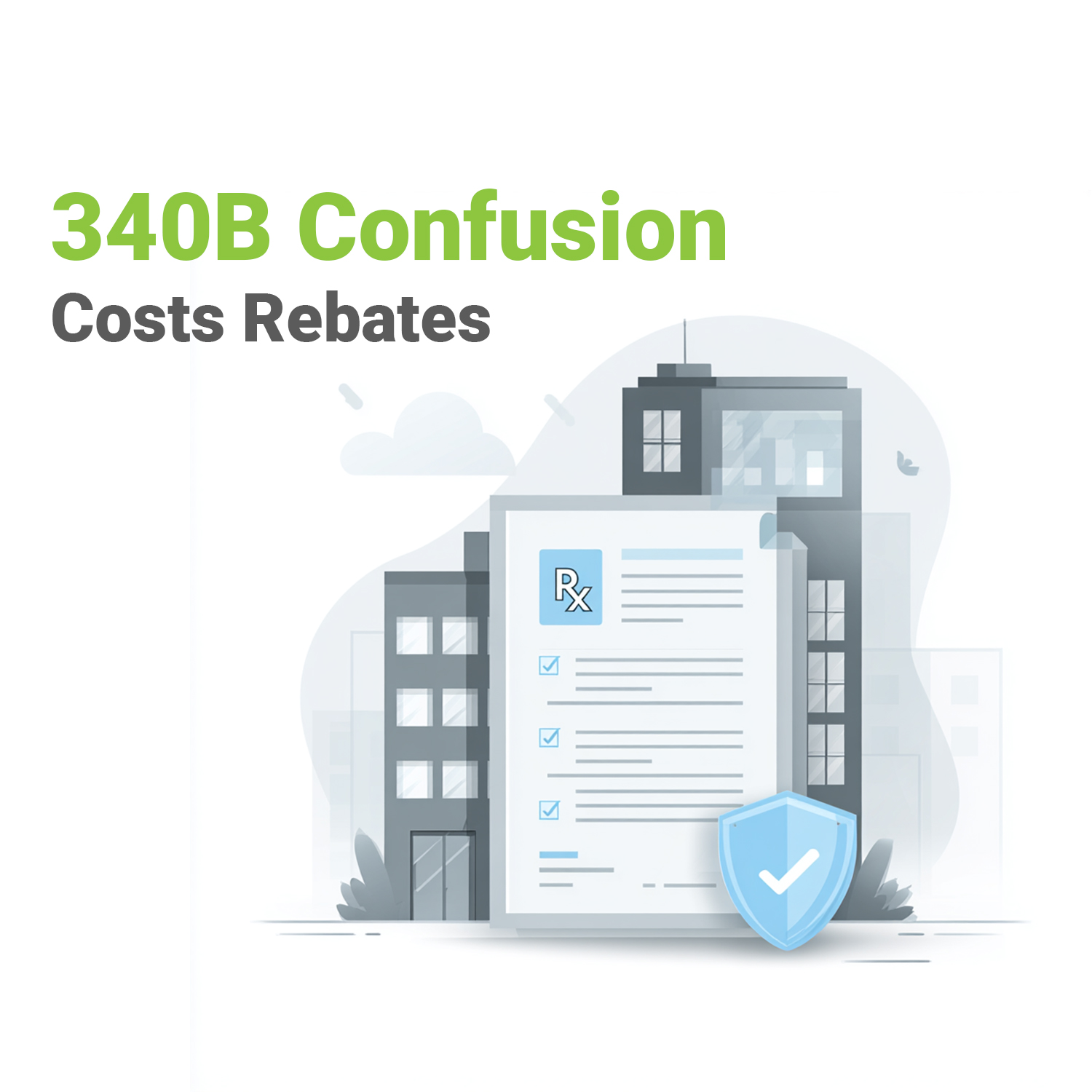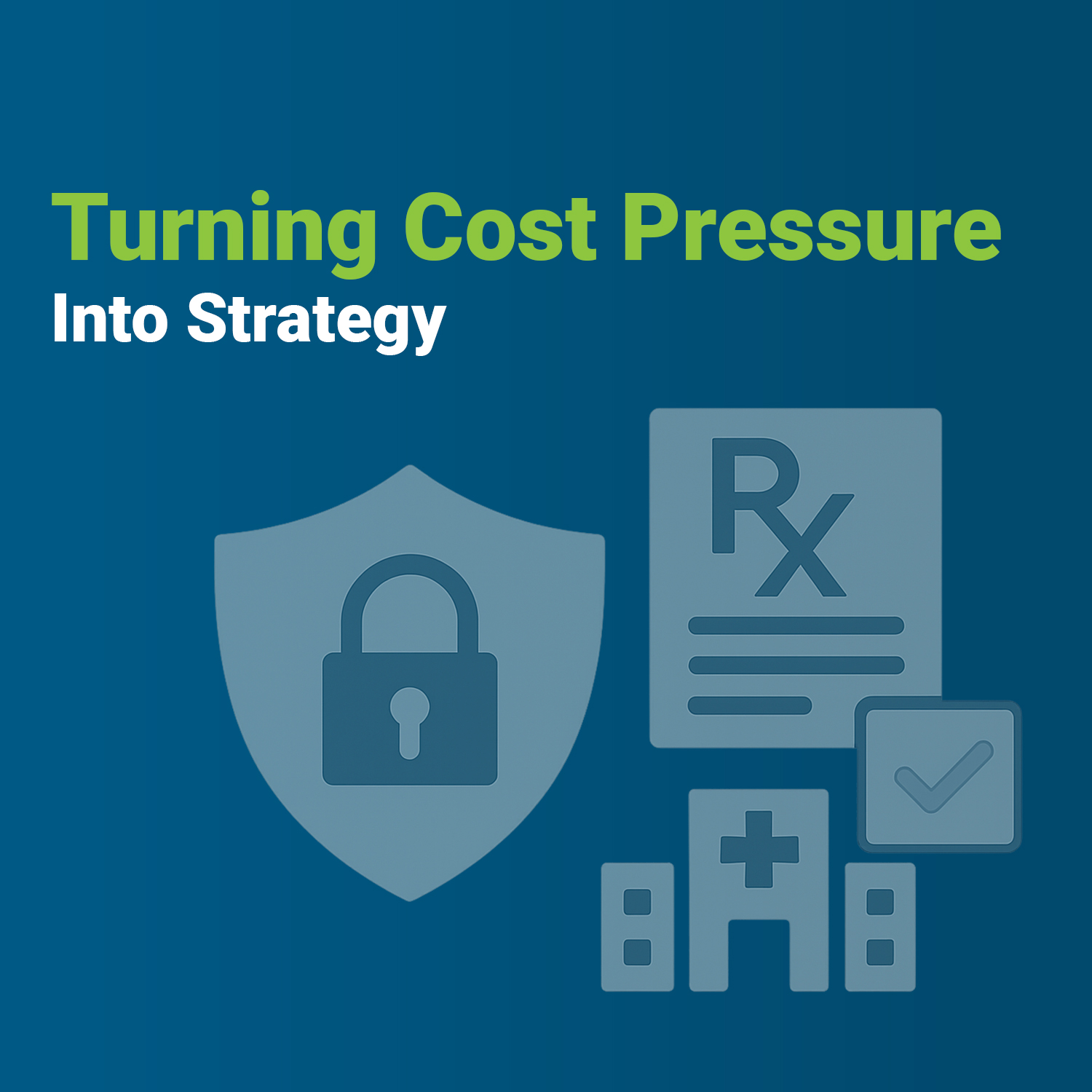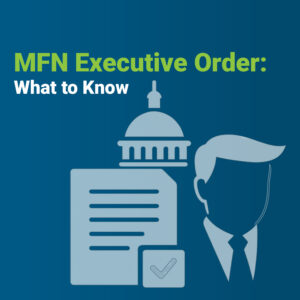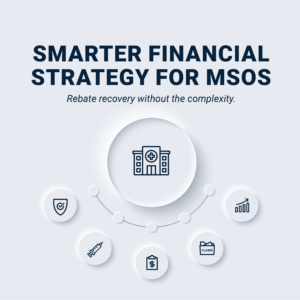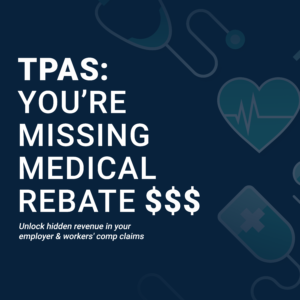By their very limited and focused nature, specialty drugs have not commonly been seen by many pharmacists and most patients. But that’s changing rapidly, as the pharmaceutical industry turns its attention to treating some of our most deadly and chronic diseases: cancer, HIV, hepatitis C, hemophilia, Crohn’s disease, multiple sclerosis, and rheumatoid arthritis.
Specialty drugs are high-cost medications and they require “high-touch” service to the patient, along with specialized storage, handling, and delivery requirements. When a care situation calls for a doctor to prescribe a specialty drug, it’s important that your PBM is capable of handling the sometimes difficult path to a successful prescription experience.
What are specialty drugs?
The Pharmaceutical Care Management Association defines a specialty drug as follows:
The definition of a specialty drug continues to evolve as the specialty drug pipeline advances and expands. These drugs are best defined by the full range of each product’s attributes, rather than solely by cost and route of administration. A specialty drug possesses any number of these common attributes:
- Prescribed for a person with a complex or chronic medical condition, defined as a physical, behavioral, or developmental condition that may have no known cure, is progressive, and/or is debilitating or fatal if left untreated or under-treated;
- Treats rare or orphan disease indications;
- Requires additional patient education, adherence, and support beyond traditional dispensing activities;
- Is an oral, injectable, inhalable, or infusible drug product;
- Has a high monthly cost;
- Has unique storage or shipment requirements, such as refrigeration; and
- Is not stocked at a majority of retail pharmacies.
More often than not, a specialty drug has been prescribed to a patient with a very serious illness. Because of this, strong emotions can come into play during the authorization process for a specialty drug.
The best advocate that the plan sponsor and the patient can have in this situation is a PBM that has a great deal of experience in managing access to and paying for the drug in question.
Breakthrough, innovative drugs with a price to match
These drugs, which can cost $1,000 and up per month, can often make a life and death difference for the patient. Because of this, each case needs to be approached and evaluated individually.
According to William Lineberry, PharmD, BCGP, and VativoRx’s Vice President of Clinical Pharmacy Programs and Assistant Director of Procurement, VativoRx’s approach is different than that of some other PBMs. “First, we don’t own a pharmacy,” he says, “so there’s no conflict or financial incentive for us to approve the prescription. Second, because of that, we are able to evaluate the specialty drug purely on a clinical basis. Does it do what it claims? If there are multiple drugs available for the condition, is this the best choice for the patient at their current point in need for treatment? Have other approaches been tried?
“Unlike some of our larger competitors, we do not simply rubber-stamp specialty prior authorization requests. We make sure that each specialty drug approval is clinically appropriate, based on the patient’s diagnosis and prior treatment history and that is used for an appropriate duration of time according to evidence-based guidelines. Lastly, and most importantly, our goal is for each patient to understand both their disease and the prescribed course of treatment, including how to store and use the medication, what to commonly expect from it, and what potentially significant side effects to look out for that necessitate a follow-up call to the patient’s prescriber.”
Specialty drugs are becoming more commonly prescribed
Although less likely to be prescribed overall, specialty drugs are increasing their presence rapidly. According to Pharmacy Times:
The rate of increase in spending on specialty medications is outpacing by far the rate of increase in spending for other drugs. It is the fastest growing segment of drug spend under the pharmacy benefit. In the next 5 years, specialty medications are predicted to account for 50% of overall drug spending, approximately $250 billion.
As research into rare and complex diseases continues, more specialty medications are reaching the market. In the mid-1990’s, fewer than 30 specialty medications existed, whereas there are currently more than 300 specialty drugs on the market. Currently, most drugs in the pipeline are specialty pharmaceuticals, particularly oncology agents.
The federal government has prioritized research to help patients suffering from complex and rare diseases by approving incentives, such as fast tracking and priority review, to accelerate approvals of new medications.
As specialty drugs become a higher percentage — both in cost and number – of total prescriptions, it’s important to have a PBM that’s already put in place systems to quickly and fairly evaluate specialty drug prescriptions, as well as ensure compliance and adherence to help maximize the benefit to the patient that is using the specialty drug.
If you’d like to learn more about how to be sure your prescription benefit program is ready for the influx of specialty drugs, contact us and we’ll show you exactly how VativoRx is the better PBM for specialty prescription management.
Photo by Louis Reed on Unsplash

